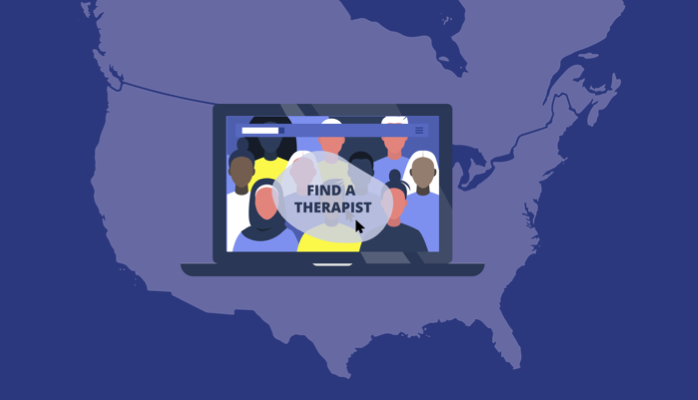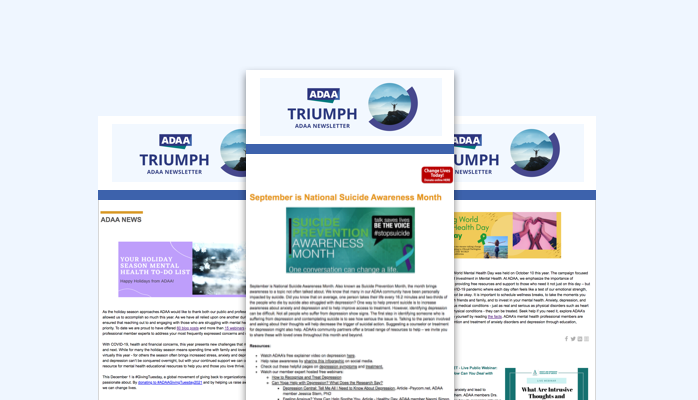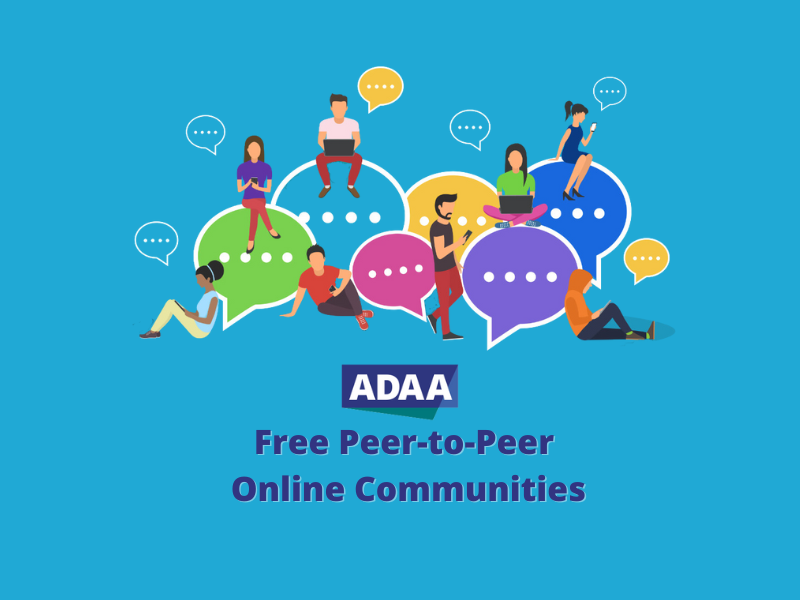Navigating the Telehealth Terrain: Recognizing the Limits and Knowing When to Pivot to In-Person Care
Navigating the Telehealth Terrain: Recognizing the Limits and Knowing When to Pivot to In-Person Care

Prior to March of 2020, only 17% of clinicians were regularly using telehealth, and now most clinicians are (Zhu et al., 2024). The many benefits of telehealth therapeutic services make this format desirable, particularly for treating OCD. Telehealth allows for increased access to care, providing a flexible option for families, and allows for exposure work in the home setting where compulsions may be the strongest.
Yet, telehealth does not come without challenges; there are specific situations where telehealth is not the best format for treatment. It is important not to prioritize convenience over effectiveness by setting clear boundaries for virtual treatment and knowing when in-person care is needed.
Boundaries
Although there is already much to cover with patients at the onset of therapy, it is best to discuss telehealth boundaries at the first therapy session. Boundaries to consider and clarify for patients include:
- When will you be available for sessions? While increased flexibility is a benefit of telehealth service provision, it can be tricky as it blurs the lines between work and home life. Patients may assume that you can be available anytime, when this may not be the reality.
- What type(s) of platforms will you use? Clarify whether you will use synchronous platforms (e.g., Zoom, Doxy), asynchronous platforms (e.g., texting), or both.
- Where should the patient be located when joining a telehealth session? There are certainly times when you may ask your patient to join from a different location to facilitate exposure work; however, unless indicated by the clinician, patients should plan to attend telehealth sessions from a private, quiet space, and not in a moving vehicle, within the state the practitioner is licensed.
- What is required of the patient/family during virtual sessions? The home environment may naturally create a more “relaxed” feel, but it is important to convey to patients that “in-person” expectations apply to virtual sessions as well. Appropriate attire is required, a parent should be accessible for minor patients, and patients should not be engaged in other activities during session.
If a boundary is broken, talk to the patient or family right away and indicate that telehealth may no longer be an option for sessions if future violations occur.
When In-Person Services are a Better Fit
Aside from repeated boundary violations, other variables may indicate in-person services are recommended over telehealth:
- The patient has technology challenges or does not have access to a private space. For example, if the patient repeatedly takes sessions from locations where the connection is poor or does not have consistent access to a computer or mobile device, telehealth would not be recommended. Frequent technological problems are not only an “annoyance;” they can lead to misunderstandings and distractions that interfere with the success of treatment.
- The patient has difficulties interacting virtually. Some patients demonstrate lower engagement and more discomfort with virtual interactions, which can make it challenging to build rapport. If the patient only responds via the chat or gives repeated vague responses, in-person sessions can be helpful for generating more engaged interactions.
- The patient exhibits defiant or avoidant behaviors during sessions. Patients participating in sessions from home may exhibit behaviors, such as muting themselves, turning off the camera, leaving the room, leaving the session early, and/or not allowing a check-in with their caregiver. While these behaviors might be expected at the start of treatment, when they persist, it is a sign that telehealth is not a good fit.
- Clinical issues with telehealth. At times, it can be clinically counterproductive to continue with telehealth. Have you completed all the exposures that are possible within the home? Would in-person exposures allow you to increase the difficulty or model brave behavior? Is the home setting a ‘safety signal’ that decreases the robustness of exposures?
If in-person treatment is not available due to logistical factors, such as geographic location, transportation difficulties, etc., telehealth may be a “better than no treatment” option. However, when various treatment delivery methods exist, it is essential to consider the above factors when deciding which approach(es) will best move your patient towards their goals.
References
Zhu, D., Paige, S. R., Slone, H., Gutierrez, A., Lutzky, C., Hedriana, H., ... & Bunnell, B. E. (2024). Exploring telemental health practice before, during, and after the COVID-19 pandemic. Journal of telemedicine and telecare, 30(1), 72-78.

















